What Is Gummosis: Tips On Gummosis Prevention And Treatment
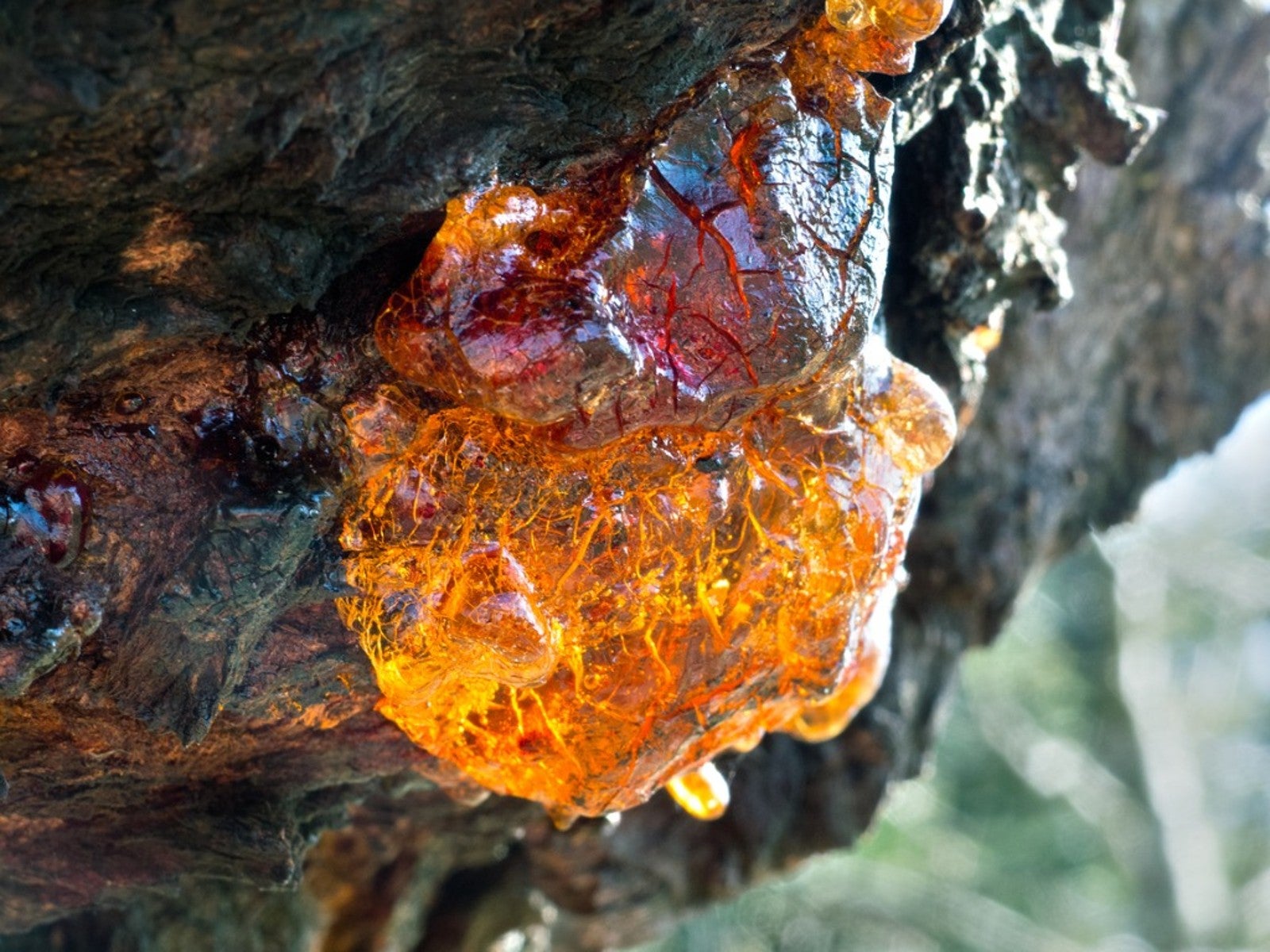

What is gummosis? If you have stone fruit trees, you’ll need to learn what causes gummosis disease. You’ll also want to learn about how to treat gummosis.
What is Gummosis?
Gummosis is a nonspecific condition where sap leaks from a wound in the tree. It usually occurs when the tree has a perennial or bacterial canker or is attacked by the peach tree borer.
However, gummosis can also be caused by any wound to a stone fruit tree, including winter damage, disease damage, or damage from a gardening tool. If you see gummy sap leaking out of your peach, plum, cherry, or apricot tree, it is probably gummosis.
Gummosis Prevention
Once you understand what causes gummosis disease – wounds to the bark of a tree – you can begin to think of gummosis prevention. Any action you can take to prevent bark wounds will also assist with gummosis prevention.
For example, take care when you are weed whacking or mowing around the base of stone fruit trees. If you damage the bark, you may soon be seeking gummosis treatment.
Likewise, plant your fruit trees in the best possible sites to avoid winter damage. Be sure to select wind-protected sites with well-drained soils. Keeping your tree healthy will also limit borer insect attacks.
It’s important to select tree varieties that do well in your hardiness zone. Choose varieties that resist cankers as well. All varieties can get cankers, but some get them more easily than others.
Gardening tips, videos, info and more delivered right to your inbox!
Sign up for the Gardening Know How newsletter today and receive a free copy of our e-book "How to Grow Delicious Tomatoes".
Gummosis Treatment
If you find sap leaking from your fruit trees despite your best efforts at gummosis prevention, it’s time to learn how to treat gummosis. The earlier you catch the problem, the better chance you have to save the tree.
The first thing to do if your fruit tree shows signs of gummosis is to correct any drainage problems. Providing good drainage by amending the soil or transplanting is essential to its recovery.
Another step in gummosis treatment involves removing the diseased bark. If you want to know how to treat gummosis, remove the darkened area of bark from the tree, plus a strip of the healthy bark, until the wound is surrounded by a margin of healthy bark.
Once this is done, let the area dry. Keep checking the area and repeat the bark trimming if necessary. Systemic fungicides can prevent some types of gummosis.

Teo Spengler is a master gardener and a docent at the San Francisco Botanical Garden, where she hosts public tours. She has studied horticulture and written about nature, trees, plants, and gardening for more than two decades. Her extended family includes some 30 houseplants and hundreds of outdoor plants, including 250 trees, which are her main passion. Spengler currently splits her life between San Francisco and the French Basque Country, though she was raised in Alaska, giving her experience of gardening in a range of climates.
-
 Zinnias On Repeat: 10 Glorious Cut-And-Come-Again Varieties For Endless Summer Bouquets
Zinnias On Repeat: 10 Glorious Cut-And-Come-Again Varieties For Endless Summer BouquetsThese zinnia varieties keep giving all summer, making them the perfect choice for dedicated cutting gardens – or just the occasional homegrown bouquet.
By Ellen Wells
-
 Create A Romantic Garden Straight Out Of Bridgerton: Regency Era Romance In Your Garden
Create A Romantic Garden Straight Out Of Bridgerton: Regency Era Romance In Your GardenTry some romantic garden ideas straight out of Bridgerton. Flowers and gardens in the Regency era were lush and charming and you can get the same look!
By Bonnie L. Grant
-
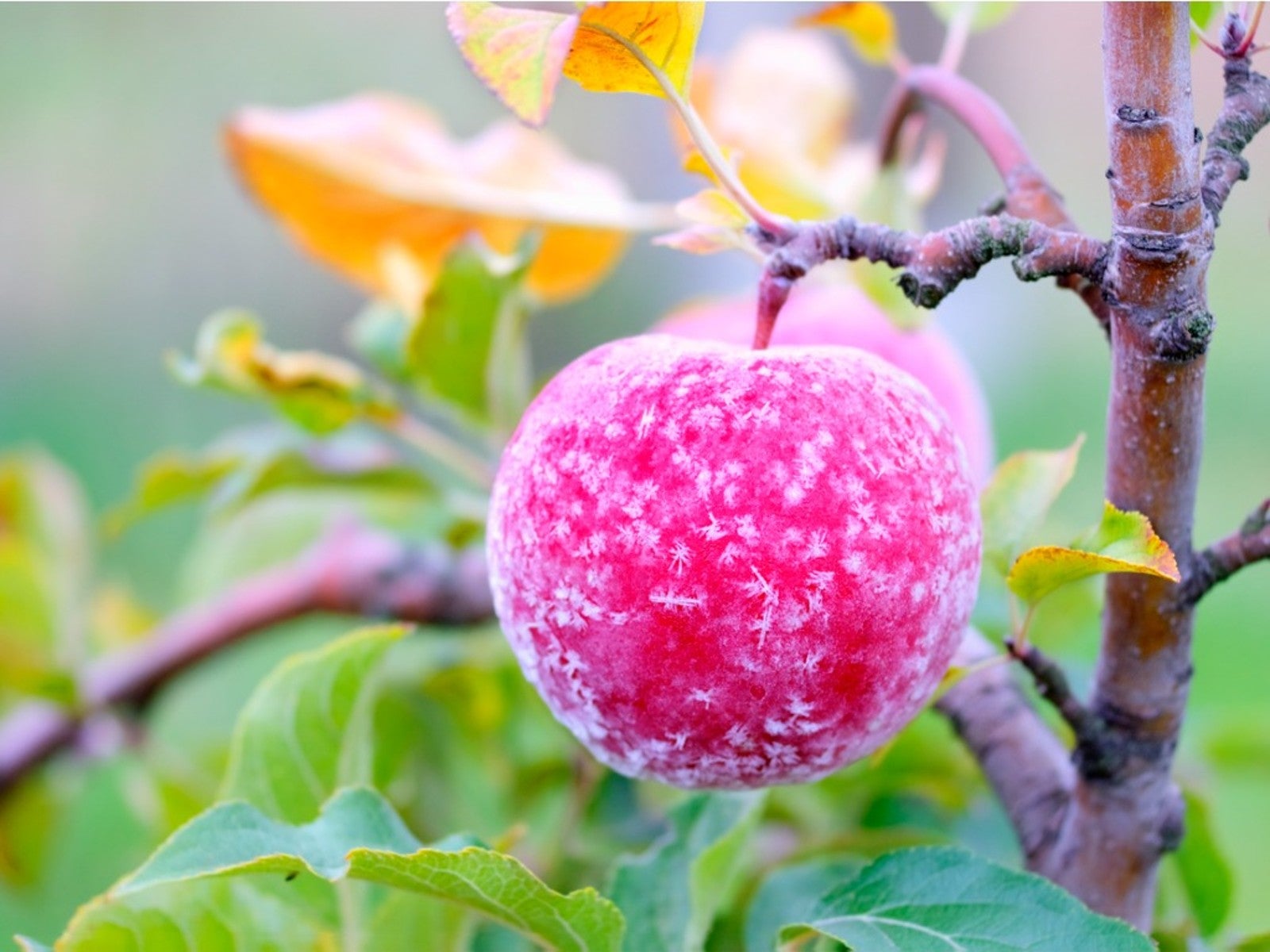 How To Protect Fruit Trees From Frost And Freeze
How To Protect Fruit Trees From Frost And FreezeChoosing fruit trees appropriate for your growing zone is best, but you still may need to protect them from extreme cold. Read how.
By Bonnie L. Grant
-
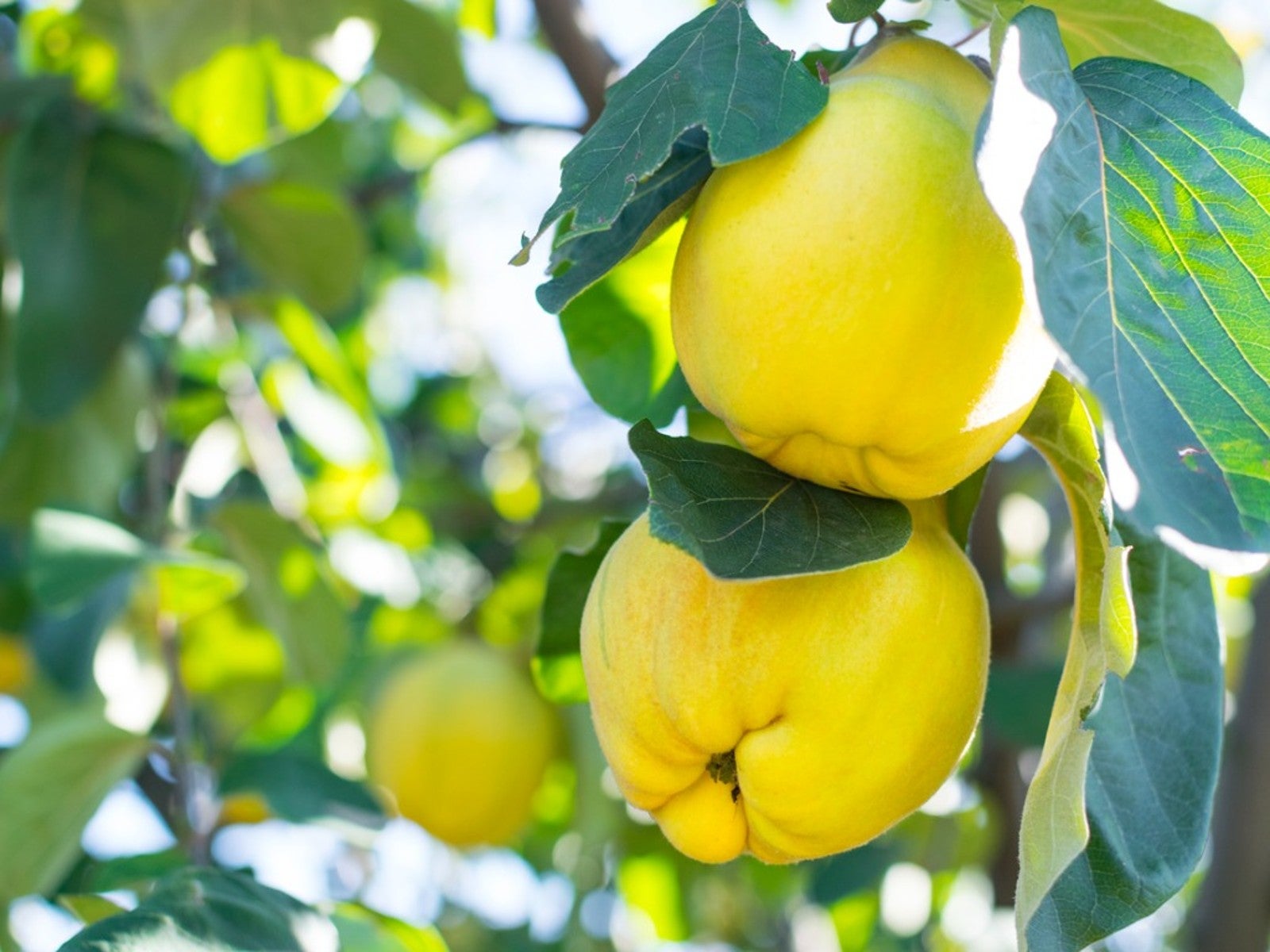 Best Plants For Late Summer and Fall Fruit Harvest
Best Plants For Late Summer and Fall Fruit HarvestEven if you don’t have the optimal conditions for more common fruit trees, there are other end of summer fruits to enjoy.
By Teo Spengler
-
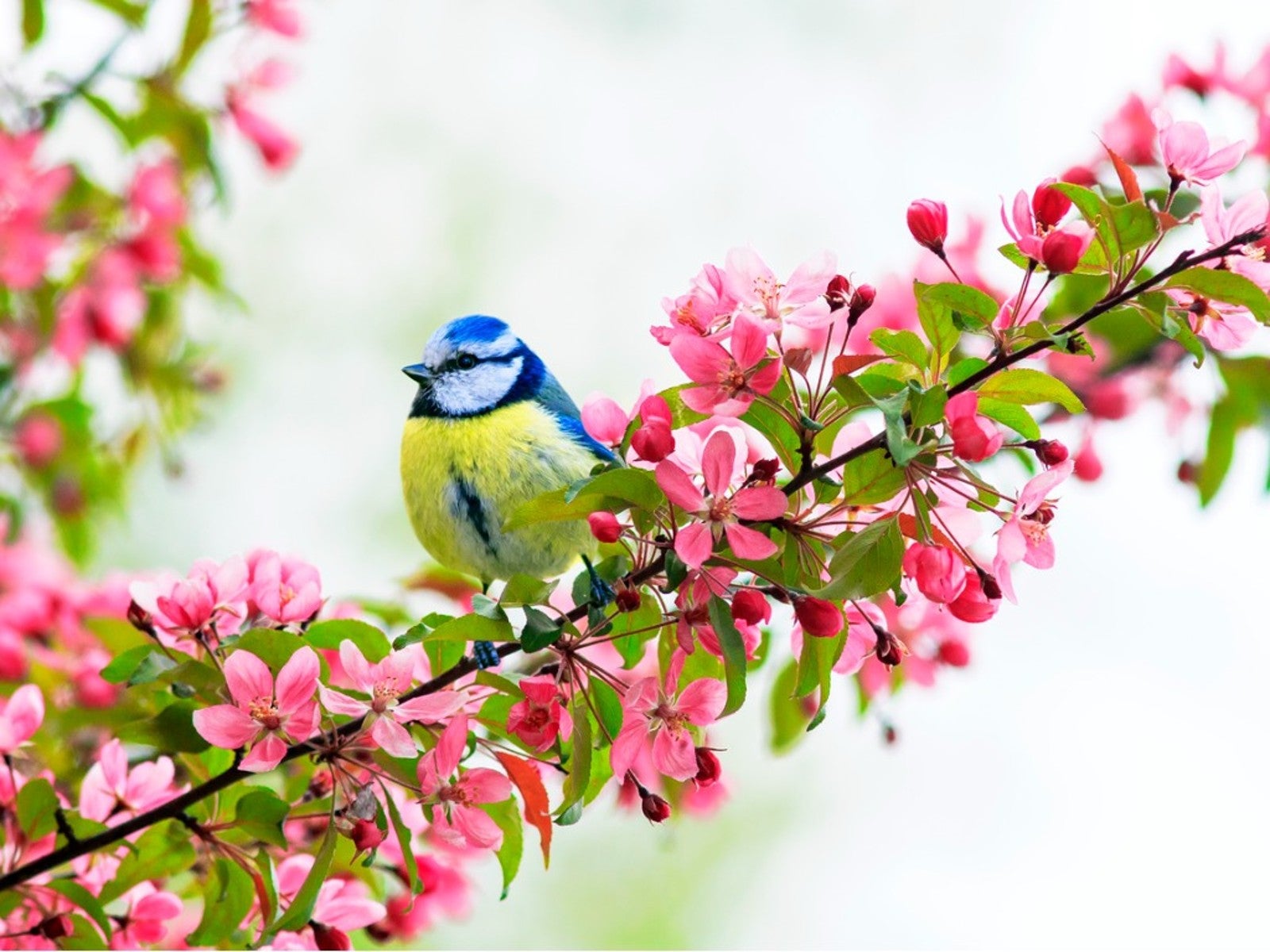 Best Native Fruit Trees To Support Wildlife
Best Native Fruit Trees To Support WildlifeIf you want trees that will attract and feed wildlife, learn the best kinds of edible fruit and nut trees to plant for inviting specific creatures.
By Teo Spengler
-
 Orange Fruit Varieties: Growing Fruits That Are Orange
Orange Fruit Varieties: Growing Fruits That Are OrangeOrange colored fruit isn’t limited to the citrus orange. There are plenty of other orange colored fruit varieties, each packing a healthful punch. Read on for more.
By Amy Grant
-
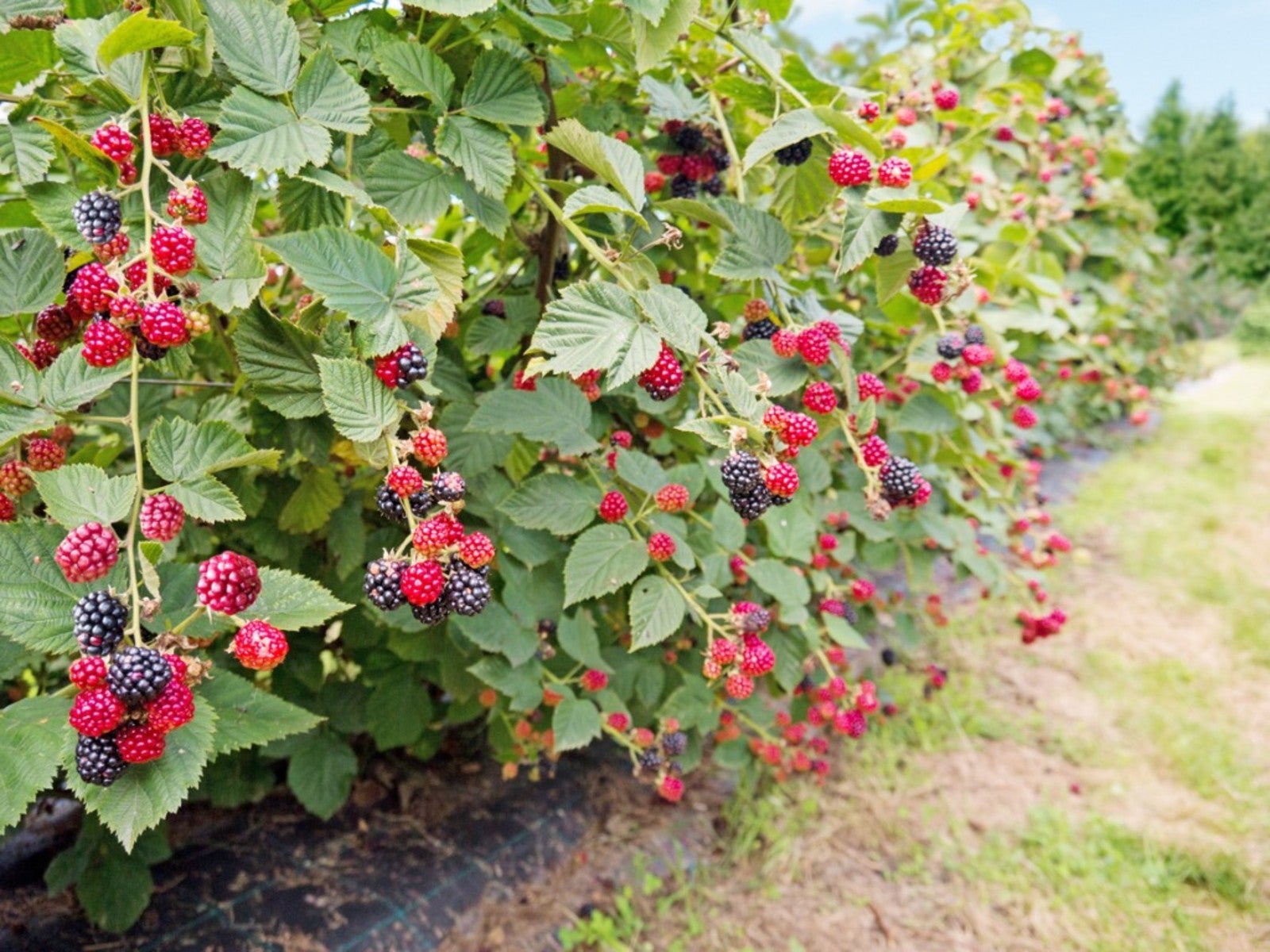 Everbearing Plants: Learn About Everbearing Varieties Of Fruit
Everbearing Plants: Learn About Everbearing Varieties Of FruitWhat does everbearing mean? And more importantly, how do everbearing varieties differ from non-everbearing types? Read on for more.
By Laura Miller
-
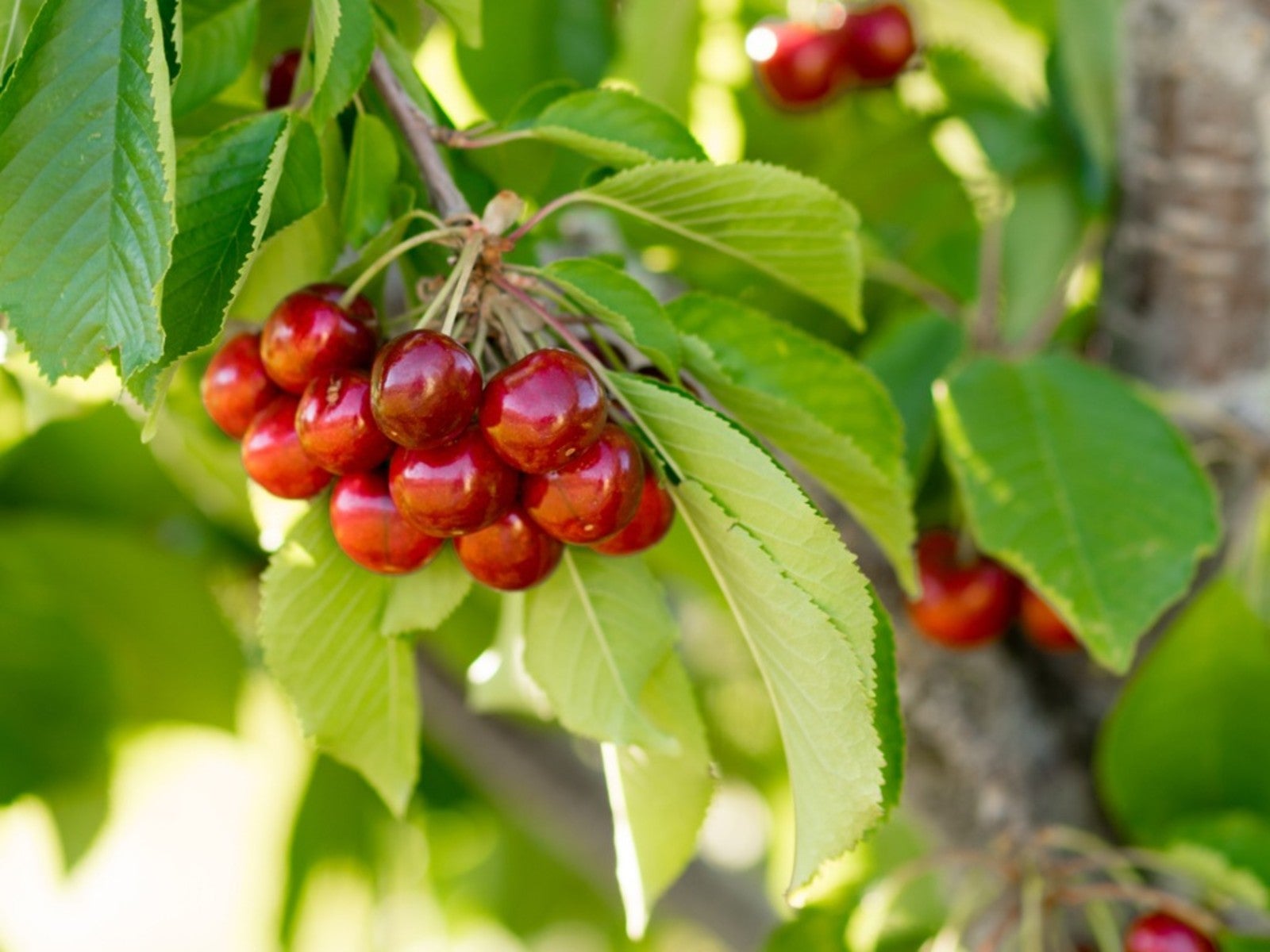 Plant A Red Fruit Garden: Growing Fruits With Red Flesh
Plant A Red Fruit Garden: Growing Fruits With Red FleshPlanting a red fruit garden may seem a bit whimsical. That is, until you realize the health benefits of consuming fruits with red flesh.
By Laura Miller
-
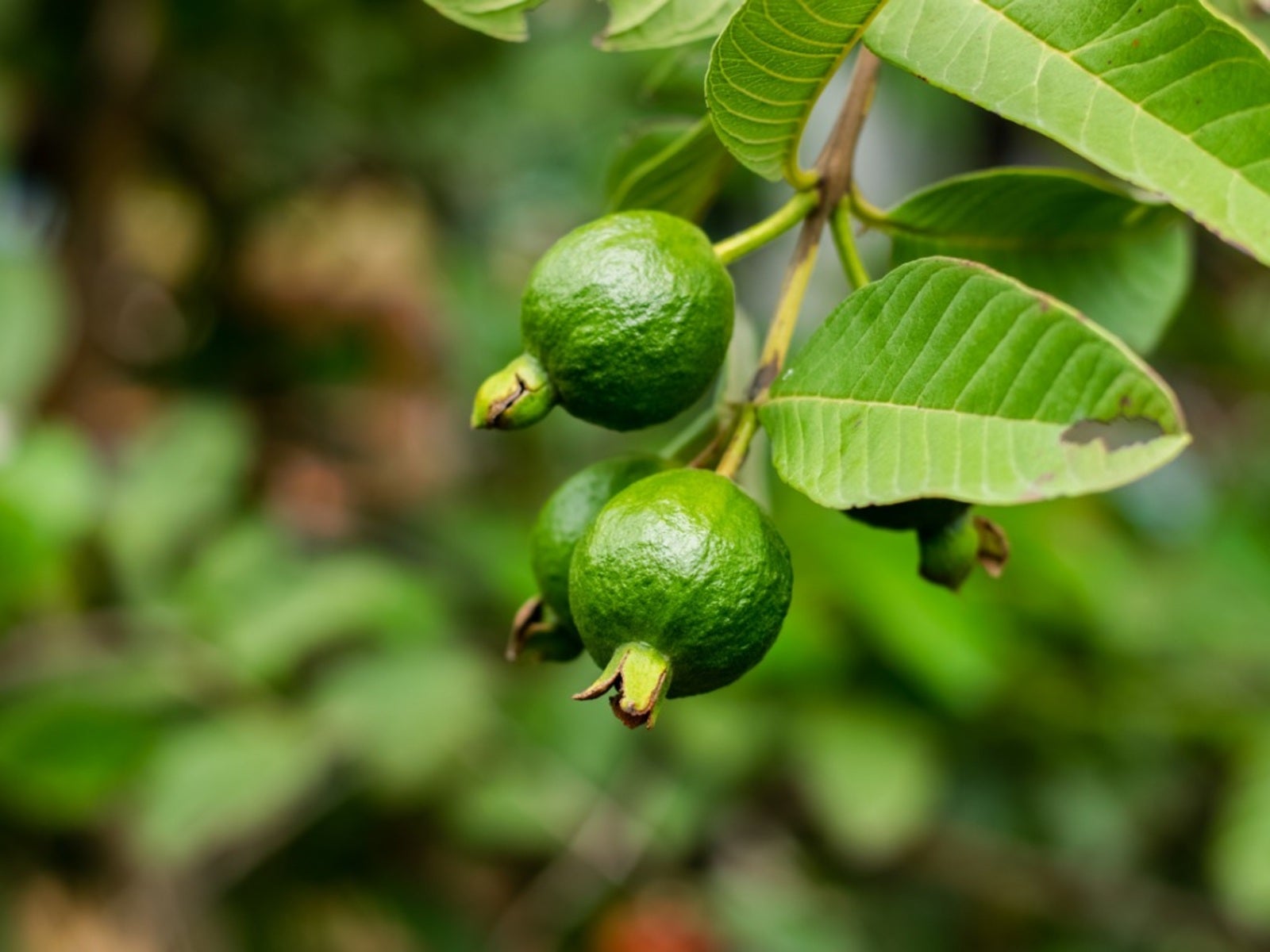 Heat Tolerant Fruits - Growing Fruit In Hot Weather
Heat Tolerant Fruits - Growing Fruit In Hot WeatherSome fruit grows in extreme heat naturally. But there are also specially cultivated, heat-tolerant varieties. For more information on heat tolerant fruits, read on.
By Teo Spengler
-
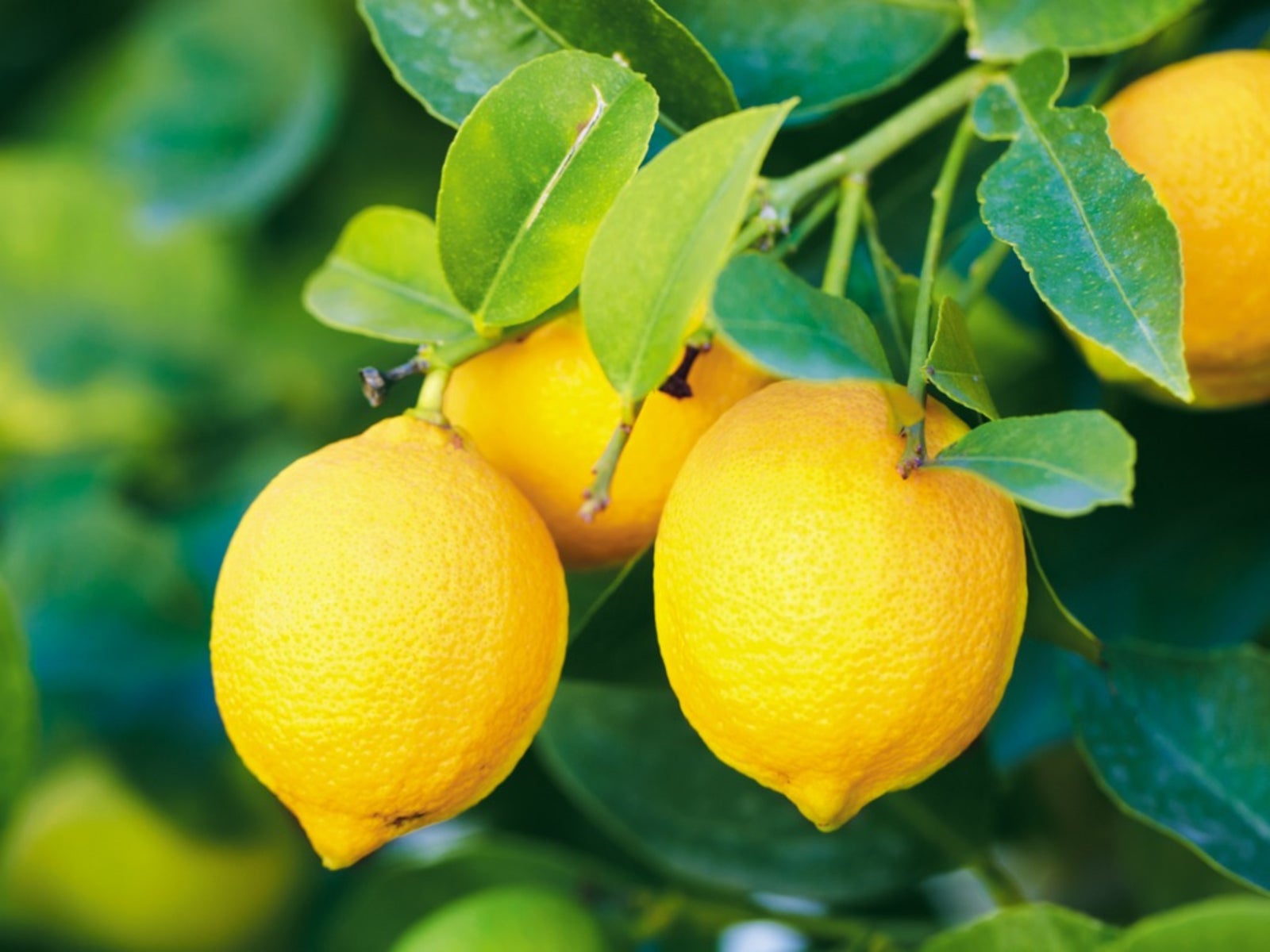 Yellow Fruit Varieties - Growing Fruit That Is Yellow
Yellow Fruit Varieties - Growing Fruit That Is YellowWhat fruit is yellow? There's more than the bananas at the supermarket. Try growing yellow fruit for a consistent supply of sunny food.
By Bonnie L. Grant